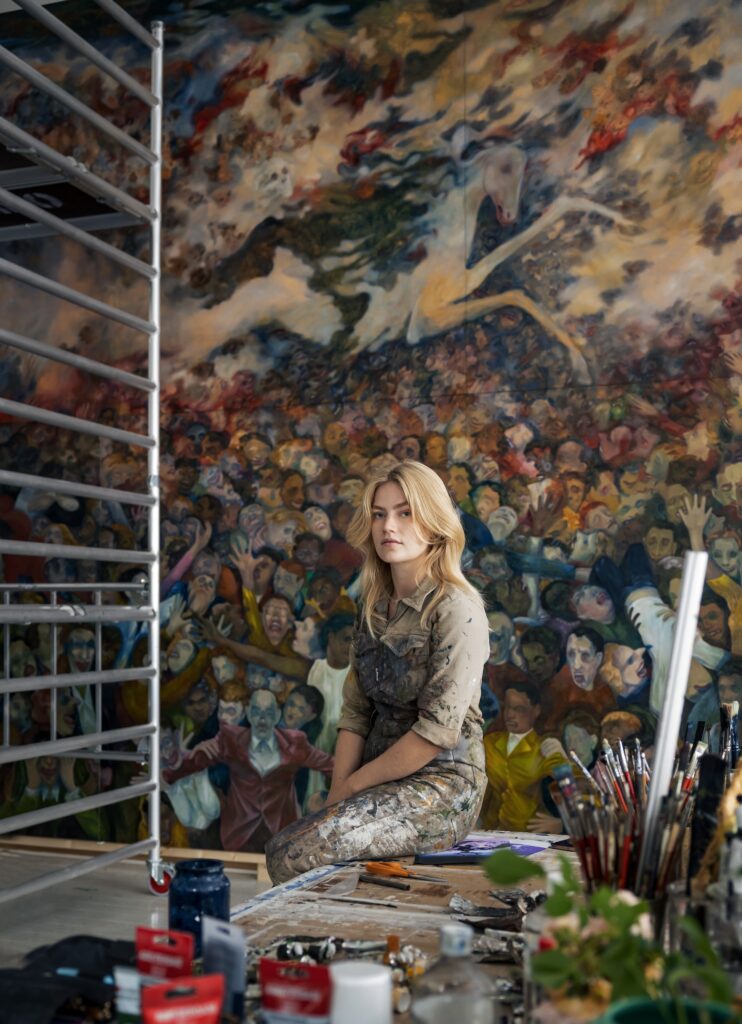All Stories
A library of inspiring stories from artists, thinkers, and doers who see the world differently — more than 300 interviews and visual essays at the intersection of life, art, and nature.
156 results
No stories found. Try adjusting your filters.
Loading…




















